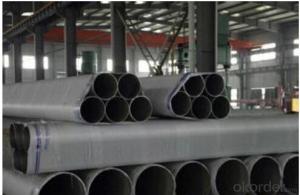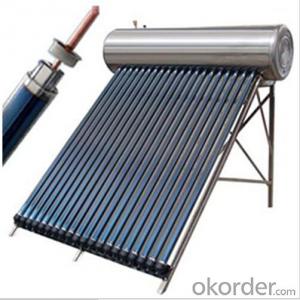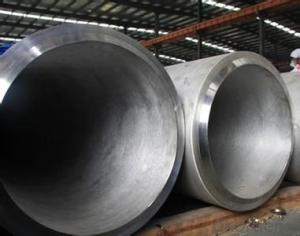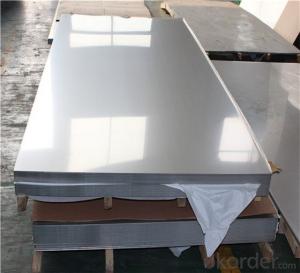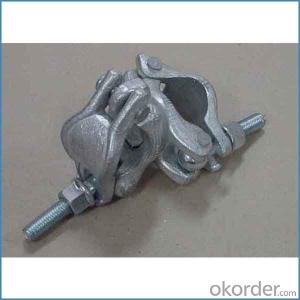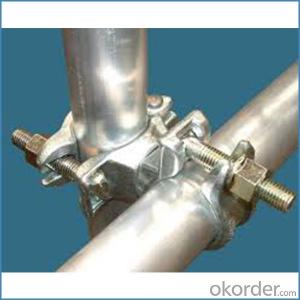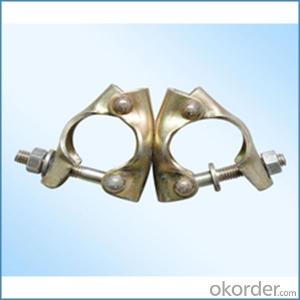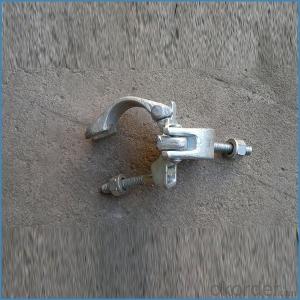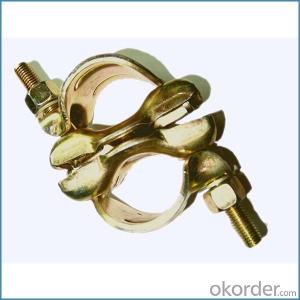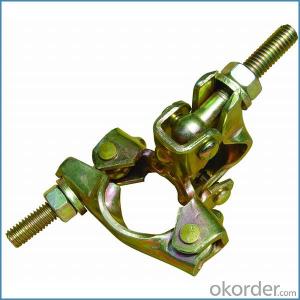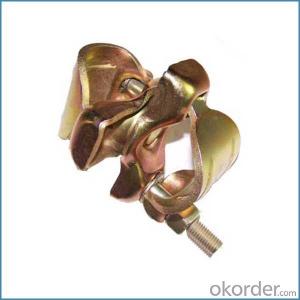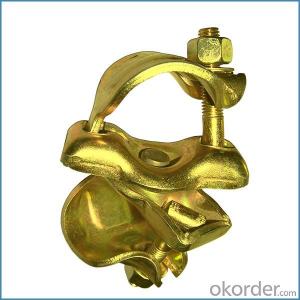German Stainless Steel
German Stainless Steel Related Searches
Best Paint For Stainless Steel Blanket Insulation For Steel Buildings Primer For Galvanized Steel Foam Filter For Stainless Steel H S Code For Stainless Steel Surface Grinding Wheels For Stainless Steel Surface Grinding Wheels For Hardened Steel Hole Saw For Stainless Steel Paint For Stainless Steel Stainless Steel For BbqHot Searches
Steel Mesh Panels For Sale Price For Stainless Steel Scrap Scrap Price For Stainless Steel Price For Stainless Steel Stainless Steel Tank For Sale Stainless Steel Sheets For Sale Cheap High Tea Sets For Sale Stainless Steel Tanks For Sale Stainless Steel For Sale High Density Fiberboard For Sale Solar Hot Water Collectors For Sale Scaffolding For Sale In Uae Scaffolding For Sale In Ireland Scaffolding For Sale In Houston Type Of Inverter For Solar Price Of Shipping Containers For Sale Types Of Inverter For Solar Stock Price For Aluminum Used Solar Inverter For Sale Steel Mesh Panels For SaleGerman Stainless Steel Supplier & Manufacturer from China
Okorder.com is a professional German Stainless Steel supplier & manufacturer, offers integrated one-stop services including real-time quoting and online cargo tracking. We are funded by CNBM Group, a Fortune 500 enterprise and the largest German Stainless Steel firm in China.Hot Products
FAQ
- To remove steel tube couplers from scaffolding tubes, you typically need a suitable wrench or scaffold spanner. First, ensure the coupler is aligned with the tube's bolt holes. Place the wrench on the coupler's bolt head and turn it counterclockwise to loosen the bolt. Once loosened, continue unscrewing it by hand until the coupler is free from the tube. Repeat the process for any additional couplers.
- ive attached large chain to a steel scaffold coupler then cemented the chains and bottom of the coupler into about 2 ft deep of concrete.my large chain passes through the coupler (looks like a large steel toilet paper tube) and locks around the swing arm of my motorcycle.only the top of the coupler is visible in the cement.do you think this will be strong enough to stop opportunistic chav from stealing my motorcycle im also using a disc lock on the front wheel.
- May be cheaper and a lot less trouble to get theft insurance.
- Indeed, there exist specific guidelines concerning the safe utilization of steel tube couplers in scaffolding in close proximity to heavy machinery or equipment vibrations. When operating under such circumstances, it is crucial to adhere to the subsequent guidelines: 1. Carry out a comprehensive risk assessment: Prior to erecting scaffolding near heavy machinery or equipment vibrations, it is imperative to conduct a thorough risk assessment to identify potential hazards and implement suitable control measures. 2. Ensure scaffolding stability: Properly erect and secure the scaffolding to guarantee stability. Employ the appropriate number of couplers to firmly connect the tubes and ensure that all connections are tight and properly aligned. 3. Regularly inspect the couplers: Routinely inspect the steel tube couplers for any indications of damage or wear. Promptly replace any damaged couplers to uphold the structural integrity of the scaffolding. 4. Consider implementing vibration isolation measures: Install vibration isolation pads or mounts between the scaffolding and heavy machinery or equipment to minimize the transmission of vibrations. These measures can effectively reduce the impact of vibrations on the scaffolding structure. 5. Monitor vibrations: Utilize vibration monitoring equipment to measure and monitor the level of vibrations near the scaffolding. If the vibrations exceed safe limits, take appropriate action, such as relocating the scaffolding or implementing additional measures to mitigate the vibrations. 6. Provide adequate training: Ensure that all workers involved in the setup and utilization of scaffolding near heavy machinery or equipment vibrations receive sufficient training on safe practices and guidelines. This encompasses proper assembly and disassembly techniques, as well as awareness of potential risks and how to mitigate them. 7. Adhere to the manufacturer's instructions: Always comply with the manufacturer's instructions and recommendations pertaining to the specific steel tube couplers being used. These instructions will offer guidance on load capacities, proper installation techniques, and any limitations or precautions related to vibrations. Always remember, the utmost priority should be the safety of workers. By adhering to these guidelines and implementing appropriate measures, the risk of accidents or structural failures due to vibrations can be significantly diminished.
- Steel tube couplers prevent unwanted movement or shifting of scaffolding components by providing a secure and rigid connection between the tubes. These couplers are designed to tightly grip the tubes and hold them in place, preventing any lateral or vertical movement. One of the main ways steel tube couplers accomplish this is through their construction. They are typically made of high-strength steel, which can withstand heavy loads and ensure stability. The couplers are designed to fit tightly around the tubes, creating a solid and reliable connection. Additionally, steel tube couplers often have locking mechanisms or bolts that can be tightened to further secure the connection. This ensures that the scaffolding components remain in place even under dynamic loads or external forces. Furthermore, steel tube couplers provide a consistent and uniform connection between scaffolding components. This helps to distribute the load evenly across the entire structure, minimizing the risk of localized stress concentrations or weak points that could lead to unwanted movement or shifting. Overall, steel tube couplers are essential in maintaining the stability and safety of scaffolding systems. They offer a reliable and rigid connection between the tubes, preventing any unwanted movement or shifting of the scaffolding components.
- Complex scaffolding designs can utilize steel tube couplers effectively. These versatile and robust couplers are ideal for a range of scaffolding applications, including intricate designs. They create a secure connection between steel tubes, allowing for stable and elaborate scaffolding structures. With their ability to firmly grip the tubes and withstand heavy loads, these couplers ensure the safety and stability of the scaffolding system. Moreover, steel tube couplers are easy to install and dismantle, making them a practical choice for complex scaffolding designs that may require frequent adjustments or modifications. In summary, steel tube couplers are a dependable and efficient component for constructing complex scaffolding designs.
- Steel tube couplers are an essential component in scaffolding systems with complex geometries as they allow for the accommodation of different angles and connections. These couplers are specifically designed to provide a secure and reliable connection between two steel tubes, enabling the creation of various configurations to meet the specific requirements of the scaffold structure. One of the key features of steel tube couplers is their ability to adjust to different angles. This is achieved through their flexible design, which allows for angular rotation and movement. The couplers typically consist of two halves connected by a bolt or nut mechanism, enabling them to be tightened or loosened as needed. This adjustability allows the couplers to accommodate varying angles between tubes, ensuring a firm and stable connection regardless of the scaffold's complex geometry. Moreover, steel tube couplers also enable the connection of tubes in various configurations, such as parallel, perpendicular, or diagonal arrangements. This versatility is crucial in scaffolding systems with complex geometries, where multiple tubes need to be interconnected to create a stable structure. The couplers provide a quick and simple means of connecting tubes at the desired angles, ensuring that the scaffold can be assembled and disassembled efficiently. In addition to accommodating different angles and connections, steel tube couplers also offer the advantage of high load-bearing capacity. These couplers are specifically designed to withstand heavy loads and provide a secure connection between steel tubes, ensuring the safety and stability of the scaffold structure. This robust construction allows scaffolding systems with complex geometries to support workers, equipment, and materials at various heights and in different configurations. Overall, steel tube couplers play a crucial role in accommodating different angles and connections in scaffolding systems with complex geometries. Their adjustable design, versatile connection capabilities, and high load-bearing capacity make them an indispensable component for ensuring the stability, safety, and functionality of scaffolding structures in various construction projects.
- No, steel tube couplers should not be used for scaffolding projects in corrosive chemical environments. Corrosive chemicals can react with steel, causing it to deteriorate and compromise the strength and safety of the scaffolding structure. It is recommended to use corrosion-resistant materials such as stainless steel or non-metal alternatives in such environments.
- thanks in advance
- I suspect it varies depending on where you go to get it done, bit like asking how much is a scaffold piercing in America





















